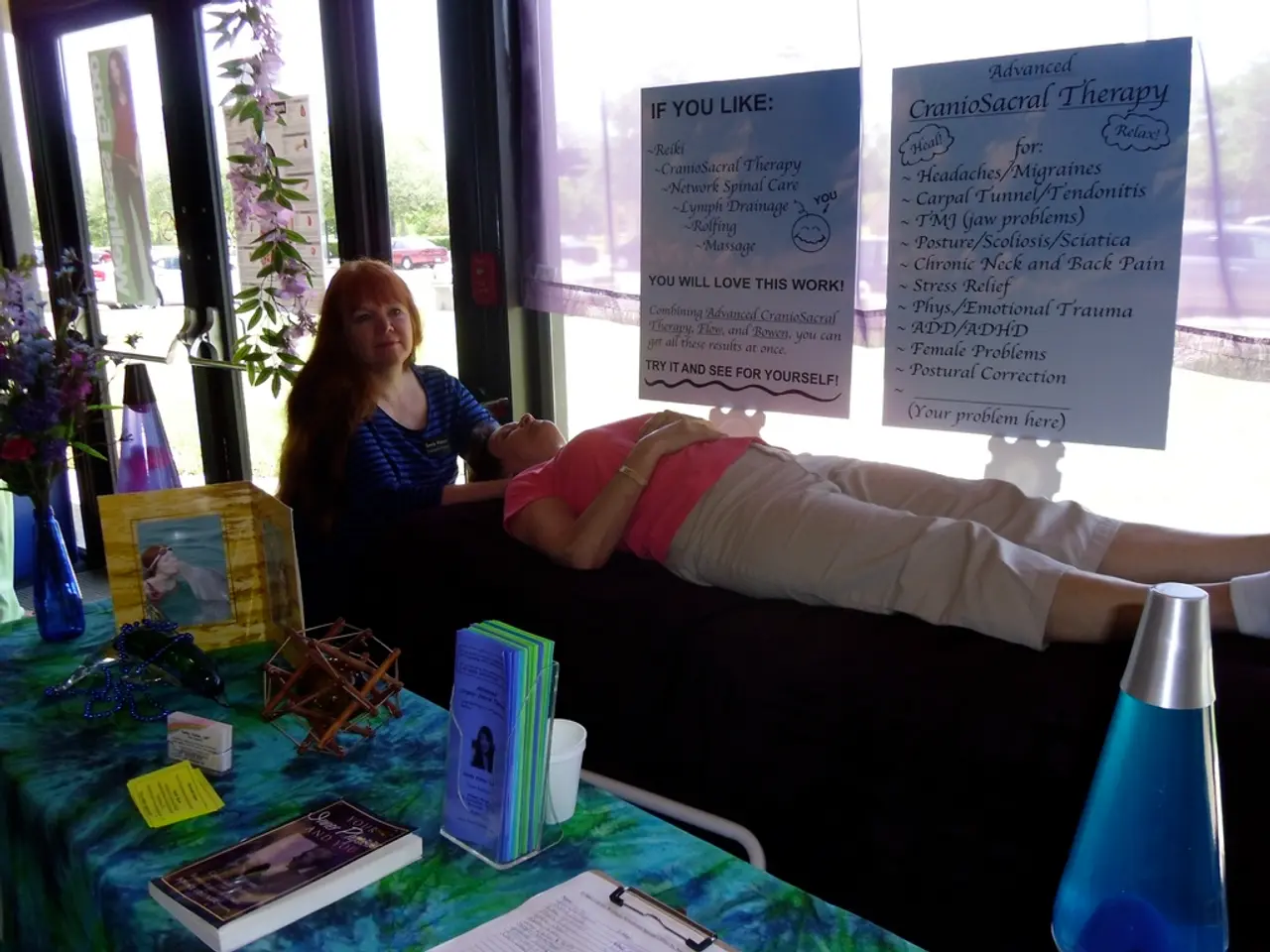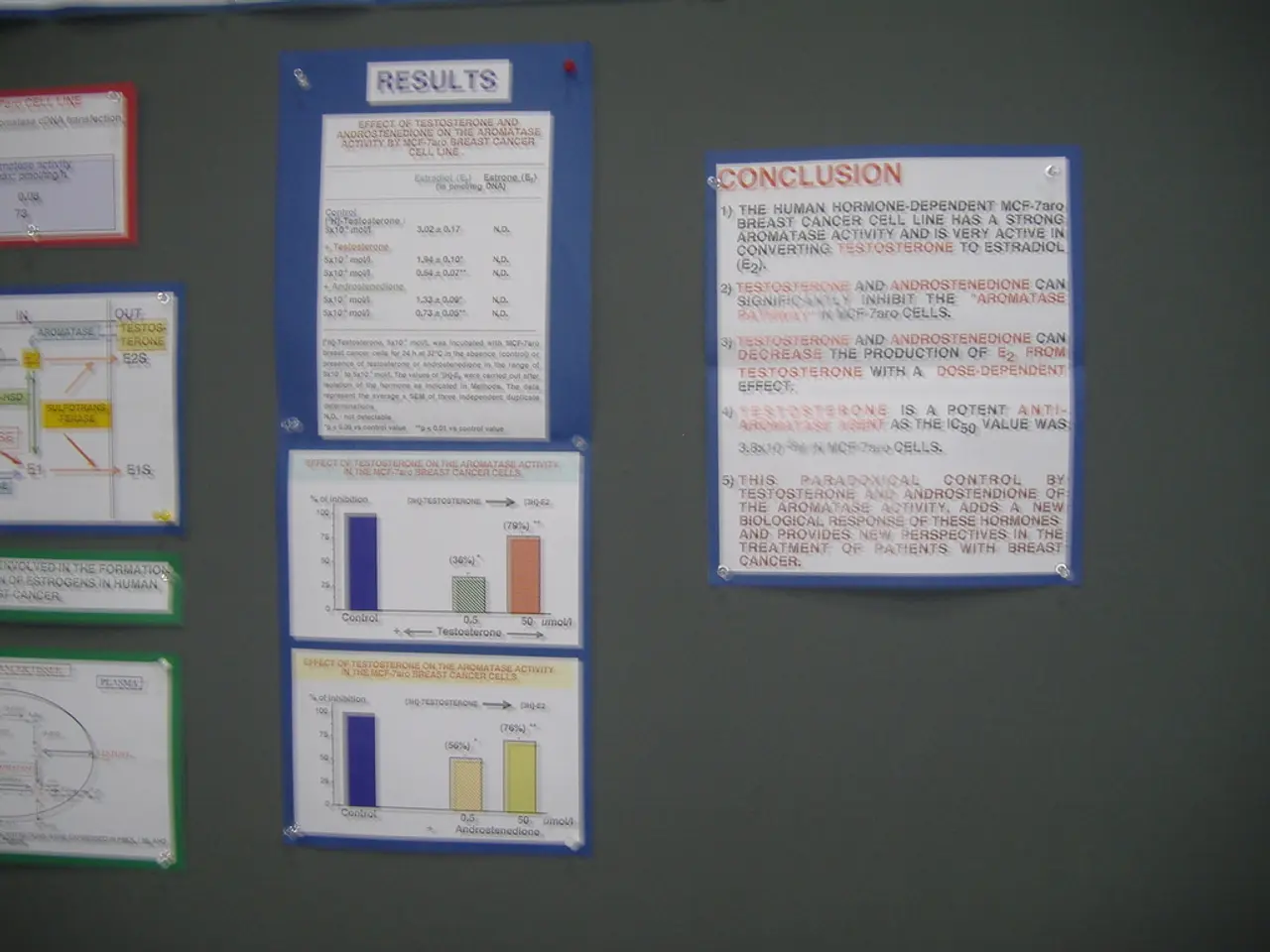Understanding the Concept of "Toxicity" in Romantic Relationships
In the complex world of human relationships, it is essential to recognize the characteristics and signs of toxic relationships to safeguard one's emotional, mental, and physical well-being.
Toxic relationships, characterized by harmful and negative behaviours, emotional, physical, or psychological, often leave individuals feeling drained, unhappy, disempowered, and unsafe. These relationships can manifest in various ways, with common signs including constant criticism and belittling, lack of respect for boundaries, manipulation and control, escalating conflicts, and unequal power dynamics.
One of the defining characteristics of toxic relationships is emotional dependence and anxiety when apart. Feeling overly reliant on the other person for emotional support is a key sign of toxicity and unhealthy "soul-ties." Extreme jealousy and possessiveness, emotional manipulation, physical intimidation or violence, sexual coercion, constant criticism and put-downs, isolation, loss of identity, communication breakdowns, and fearful-avoidant or avoidant attachment styles are other signs that individuals can learn to identify.
Codependent relationships, characterized by an unhealthy reliance on each other for validation and self-worth, are another form of toxic relationship. These relationships often lead to enabling destructive behaviours and sacrificing personal boundaries. Emotionally abusive relationships involve one partner exerting control through manipulation, verbal attacks, and undermining the other's self-worth.
Healing from a toxic relationship is a process that requires intentionality and addressing attachment wounds and past traumas. Healing Attachment Wounds is a 7-step, online course that uses creative arts therapies techniques within a psycho-spiritual framework. The course aims to help individuals feel more secure in loving relationships and provides tools to grief what has been lost, embrace and nurture the inner child, set healthy boundaries, and get needs met.
Acknowledging and processing the trauma is crucial, which is essentially a grieving process. Self-care and self-compassion are non-negotiable for healing from a toxic relationship. It's not hopeless to heal from a toxic relationship and build secure, healthy relationships.
Understanding these characteristics and signs enables individuals to recognize toxic relationships early and consider seeking support or making changes to safeguard their mental, emotional, and physical health. For those interested in the course, registering for the free introductory training is available. Setting boundaries and reclaiming your needs is critical for stepping into a new role as a heart-soul warrior and toxic pattern breaker. Understanding the meaning of "toxic" is crucial because it empowers individuals to recognize when they are in an unhealthy relationship and take the necessary steps to protect themselves.
- In the complex world of human relationships, recognizing the signs of toxic relationships is vital to maintain emotional, mental, and physical health-and-wellness.
- Toxic relationships, marked by harmful and negative behaviors, can lead individuals to feel drained, unhappy, and disempowered, with constant criticism, lack of respect for boundaries, and manipulation being common signs.
- One defining characteristic of toxic relationships is emotional dependence and anxiety when apart, often stemming from unhealthy attachment styles and past traumas.
- Codependent relationships, where partners rely on each other for validation and self-worth, are another form of toxicity that often leads to enabling destructive behaviors and ignoring personal boundaries.
- Emotionally abusive relationships involve one partner exerting control through manipulation, verbal attacks, and undermining the other's self-worth, often resulting in emotional manipulation, physical intimidation, and sexual coercion.
- Healing from a toxic relationship is a challenging but necessary process that requires intentionality, addressing attachment wounds, and past traumas through techniques like creative arts therapies and psycho-spiritual frameworks.
- Acknowledging and processing the trauma is crucial, and self-care and self-compassion are essential for healing, making it possible to grieve what has been lost and reclaim one's identity.
- Understanding and addressing the signs of toxic relationships can empower individuals to seek support early, set boundaries, and strive for secure, healthy relationships.
- Personal growth and education-and-self-development resources, such as the "Healing Attachment Wounds" online course, provide tools to help individuals feel secure in loving relationships, set healthy boundaries, and meet their needs.
- Even in the face of toxic relationships, it's not hopeless to heal and build strong, secure connections, fostering trust, confidence, and a strong sense of emotional growth.
- Engaging in lifestyle activities that promote mental health, such as social connections, therapy, exercise, and healthy hobbies like art and self-reflection, can also aid in the healing and growth process, leading to a more fulfilling relationship journey.




